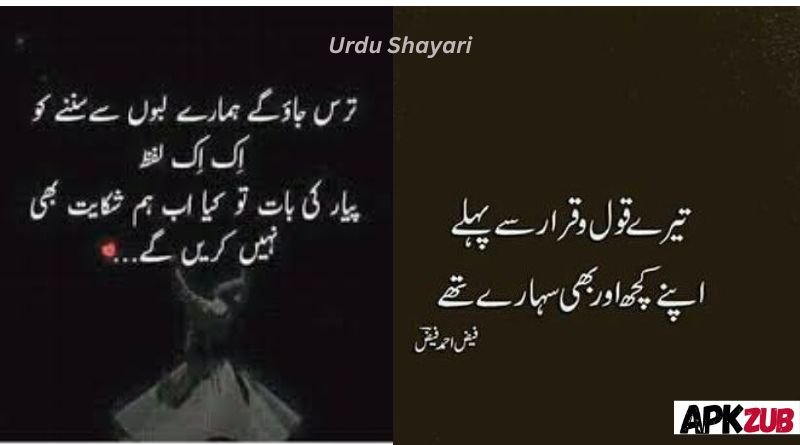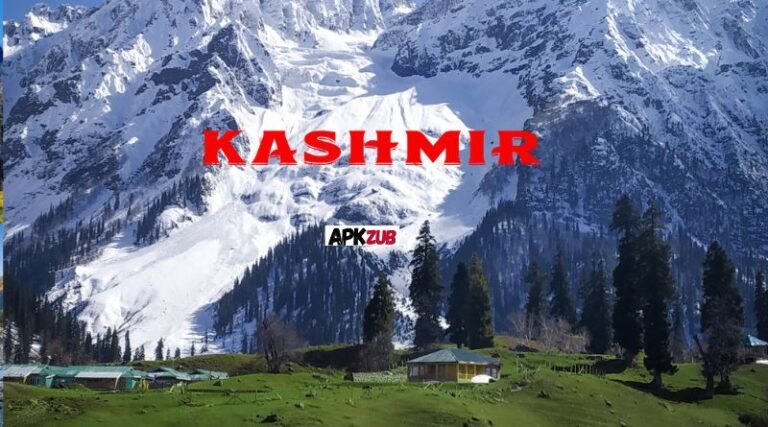
Urdu Shayari is a beautiful and timeless art form that has captivated hearts for centuries. Known for its intricate expression of emotions, thoughts, and philosophical ideas, Urdu poetry holds a special place in the cultural fabric of South Asia and beyond. Its lyrical elegance and profound depth have made it a favorite mode of communication, especially when words alone cannot express the true depth of feelings. In this article, we delve into the essence of Urdu Shayari, exploring its history, themes, and the reasons behind its enduring appeal.
The Rich History of Urdu Shayari
Urdu poetry, or Urdu Shayari, has roots that date back to the Mughal era, when poets and scholars flourished in the courts of kings and emperors. During this period, the Persian influence was predominant, and many early Urdu poets wrote their works in Persian. However, as the language of Urdu developed, so did its distinct poetic style. Over time, it evolved into a unique blend of Persian, Arabic, and local dialects, giving rise to what we now recognize as Urdu Shayari.
The 18th and 19th centuries saw a surge in the popularity of Urdu poetry, with poets like Mirza Ghalib, Allama Iqbal, Faiz Ahmed Faiz, and Ahmed Faraz revolutionizing the way poetry was written and perceived. These poets did not just focus on love and romance, but also delved into topics of social justice, patriotism, and the philosophical aspects of life. Their works are considered timeless, and even today, Urdu Shayari continues to resonate with people from all walks of life.
Themes of Urdu Shayari
At the heart of Urdu Shayari is its ability to convey complex emotions through simple yet eloquent words. Whether it’s love, pain, loss, or joy, Urdu poetry captures the full spectrum of human experience. Below are some of the key themes that have traditionally been central to Urdu Shayari.
1. Love and Romance
One of the most iconic themes in Urdu Shayari is love. The concept of ishq (love) is explored in countless poems, and poets often use intricate metaphors and imagery to express the intensity of romantic affection. Love in Urdu poetry is often idealized, but it also carries the pain of separation, longing, and heartache. Poets like Mir Taqi Mir and Mirza Ghalib are known for their evocative and passionate verses on love.
For example, Mirza Ghalib’s famous line, “Hazaron khwahishen aisi ke har khwahish pe dam nikle” (Thousands of desires, each so intense that it takes my breath away), perfectly encapsulates the all-consuming nature of love that is often expressed in Urdu Shayari.
2. Pain and Heartbreak
While love is a dominant theme, Urdu Shayari also delves into the pain and sorrow that often accompany it. Poets frequently explore the agony of separation, the heartbreak of unrequited love, and the melancholy of distance between lovers. The beauty of Urdu Shayari lies in its ability to express sorrow in a way that is both poignant and cathartic.
A well-known poet, Ahmed Faraz, in his poem, “Ranjish hi sahi dil hi dukhaane ke liye aa” (Even if it is just to bring pain to the heart, come back), demonstrates the bittersweet longing and heartache that are a central aspect of Urdu Shayari.
3. Philosophical and Social Themes
Urdu Shayari is not just about personal emotions but also encompasses philosophical reflections on life, society, and the universe. Many poets have used their craft to address social issues, express their political beliefs, and reflect on the complexities of human existence.
Allama Iqbal, a renowned poet and philosopher, is famous for his work that encouraged self-realization, nationalism, and social reform. In his famous line “Khudi ko kar buland itna ke har taqdeer se pehle” (Raise yourself to such heights that even before destiny, you’ll find your own way), Iqbal emphasizes the importance of self-empowerment and personal growth.
4. Nature and Mysticism
Another common theme in Urdu Shayari is the reflection of nature, often intertwined with mystical ideas. Poets like Bulleh Shah and Shah Abdul Latif Bhitai often drew inspiration from nature to express deeper spiritual meanings. The imagery of flowers, the moon, and the stars frequently appear in poems as metaphors for the divine or for the beauty of life and existence.
In one of his famous poems, Bulleh Shah expresses his mystical beliefs through nature: “Bulleya ki jaana main kaun” (Bulleh, I do not know who I am), a line that speaks to the spiritual journey of self-discovery.
The Elements of Urdu Shayari
Urdu Shayari is characterized by a unique blend of literary devices that enhance its beauty. These elements include:
1. Metaphors and Similes
The use of metaphors and similes is one of the defining features of Urdu Shayari. Poets often employ vivid comparisons to convey complex emotions. For example, the beloved is often compared to a rose, the moon, or a radiant star, each symbolizing beauty and allure. These comparisons are powerful tools that bring the poetry to life and allow the reader to experience the emotions more deeply.
2. Rhyme and Rhythm
The rhythm and rhyme scheme in Urdu Shayari plays an essential role in creating a musical quality in the poetry. The strict meter, or “beher,” allows poets to craft verses that flow effortlessly, making the poetry easy to memorize and recite. This musicality is one of the reasons Urdu Shayari is so beloved—its verses have the power to touch the soul through their lyrical nature.
3. Symbolism
Symbolism is another critical element in Urdu Shayari. Poets use symbols like the night, the moon, the garden, and even the cup of wine to convey deeper meanings about love, longing, and spirituality. These symbols allow poets to explore universal themes in a way that feels both personal and collective.
The Popularity of Urdu Shayari in Modern Times
In contemporary times, Urdu Shayari continues to be an integral part of the cultural consciousness. With the advent of social media, the art form has gained global attention, with people from all corners of the world discovering the magic of Urdu Shayari through platforms like Instagram, Facebook, and Twitter. Poets often share their works online, and fans of Urdu poetry eagerly engage with these posts, sharing and commenting on their favorite verses.
Moreover, Urdu Shayari has also found a place in modern music, with many Bollywood songs drawing inspiration from traditional poetry. The beautiful, evocative lyrics of songs often have the same emotional depth and elegance as classic Urdu Shayari.
Conclusion
Urdu Shayari is much more than just a form of poetry—it’s a way to express the deepest emotions and thoughts in the most beautiful and nuanced way possible. From love and heartbreak to philosophical reflections on life and the universe, Urdu Shayari continues to be a rich, dynamic art form that has stood the test of time. Its ability to convey profound truths in such a lyrical, elegant manner makes it a treasure for those who appreciate the beauty of words.
Whether you’re a long-time lover of Urdu Shayari or just discovering it for the first time, there is no denying the beauty and power of these poetic expressions. The timeless charm of Urdu Shayari will continue to inspire generations to come, reminding us of the beauty of the human experience and the art of expression through words.
READ ALSO THIS RELATED CONTENT: Tezhost: Your Reliable Partner for Web Hosting Solutions in Pakistan







